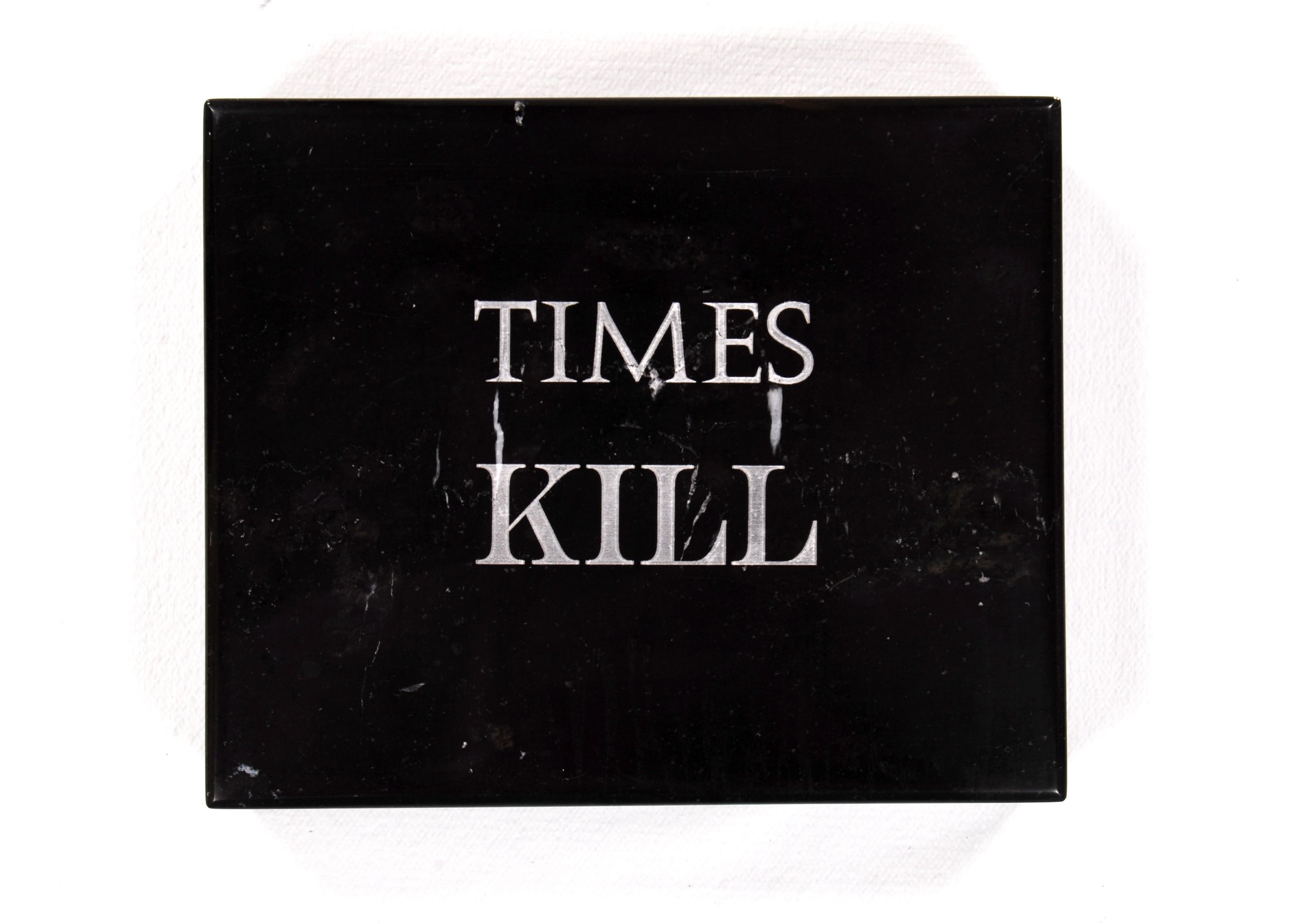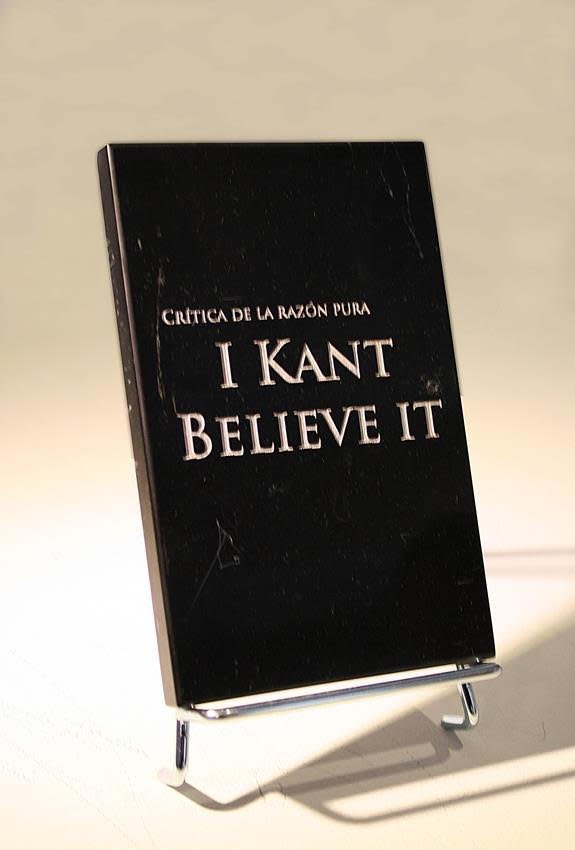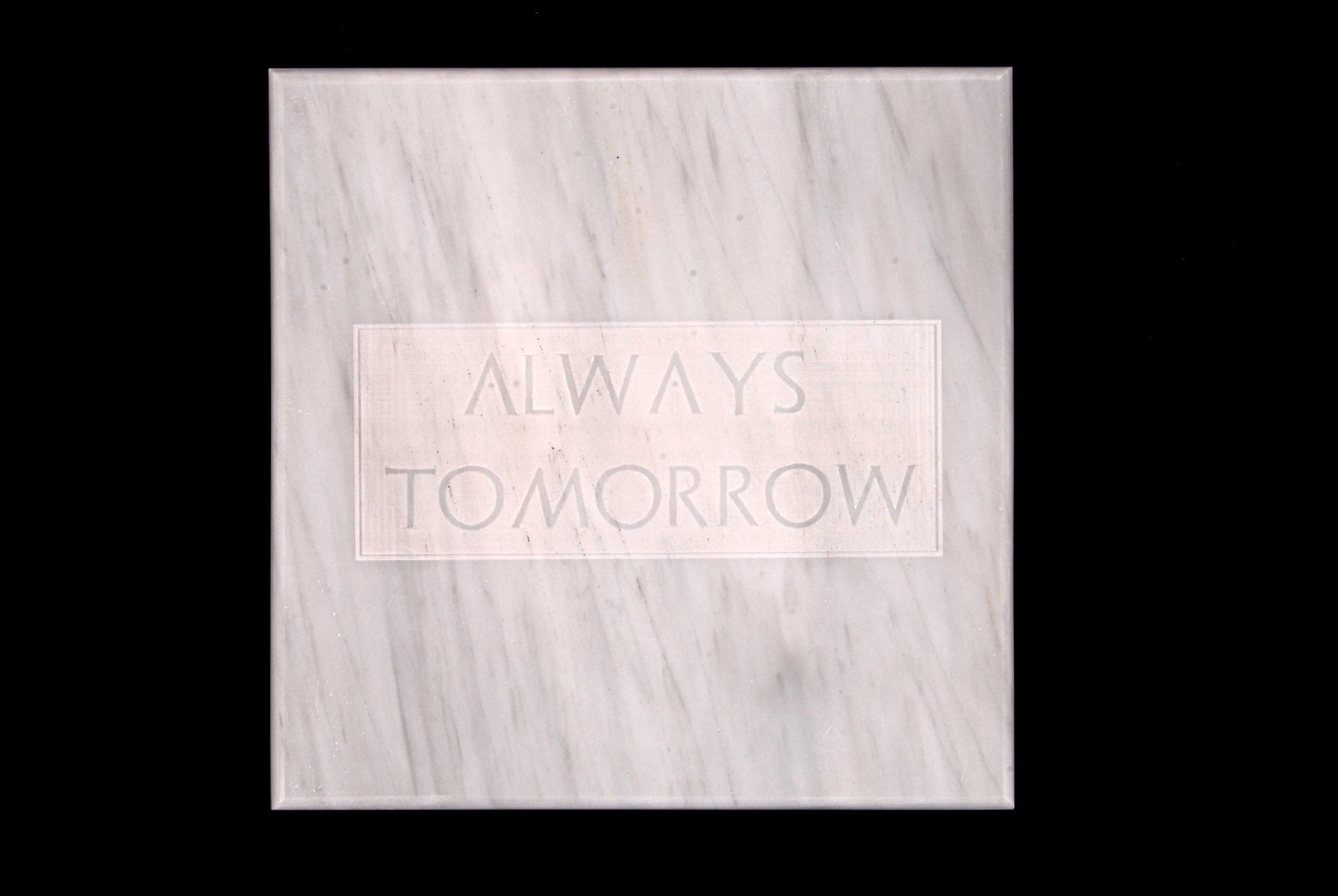César Martinez
Martinez is an Indisciplinary artist. His work has gone through different conceptual and technical supports, from the use of gunpowder and dynamite to build with what he destroys, to chocolate and gelatin to generate creative enzymes and symbolic nutrients in the bodies of his viewers, satisfying aesthetic desires. of the diner. He has created interactive sculptures that inflate and light up or deflate and turn off in front of the public when it is detected. It has carried out rituals where the public is invited to eat from life-size human sculptures made with chocolate or jelly, to sculptures in the form of sweet and salty firearms, and recently it has offered scale monuments and heroes of official history that they represent for tasting. to the Cultural Heritage of Humanity. His sculptures "live" in front of the public and at the same time "live" from within.
His artistic commitment addresses the various economic, social and cultural problems that our country and the world have gone through in recent decades. From a logic of provocation, criticism and bewilderment, he uses multiple supports to address issues such as social weariness in the face of a failed system, the failure of institutions, globalization, multiple devaluations, the subsumption of the Mexican government to the North American, among others.
As a special project of amplified visual aesthetics, he made "Piedad entubada", a mural with motifs alluding to water with a length of 8 kilometers long, painted on the sarcophagus of the Piedad River, the current Viaduct, to make visible what cannot be hidden ecologically. .
One of his latest projects is Tezcatlipoca 007 o Xa Mex Bond zero zero feels, a conphedrama that uses verifiable historiographical data to performatively demonstrate that James Bond 007 has a Mesoamerican background and that the smoking obsidian mirror of the Aztec deity Tezcatlipoca It is equivalent to the Black Mirrors with which we usually think and communicate in this historical moment. It has been presented in different forums in Mexico, Spain and Costa Rica.
Love is eternal while it lasts / Philosopher's Tombs / Lapidiaries and Epitaph challenges is a proposal for an apocalyptic romantic cemetery but without tenants. We could mention that it is also a cenotaph, that is to say a kind of funerary monuments in which the corpses of the characters to whom these sculptures are dedicated: us-others.
Love is eternal while it lasts, it is a work of gardening, poetry and sepulchre; aesthetics and dilemma, which wants to rethink certain public spaces as a poetic figure, to fill them with rhetoric in the natural simplicity of a living garden, alley or forgotten urban space, passageway or park; create living sites with the paradoxical idea that they will at the same time be linked to the complex meaning of death.
BIO
César Martinez (México, 1962)
He is a Doctor in Art and Research from the University of Castilla La Mancha, in Spain and works as a teacher and researcher at the Autonomous Metropolitan University. His doctoral thesis Body politics and subjectivity. Performance and antagonistic practices, received a Summa Cum Laude and is housed in the library of the Reina Sofía Museum in Madrid, Spain. PhD in Art and Research at the University of Castilla La Mancha, Spain.
He has received various awards and recognitions, including the University Merit Medal awarded by the UAM in 1987. National Award for Young Art 1990. Young Creators Grant 1990. Production grant awarded by FONCA in 1994. Artistic Residency Exchange in Banff Center for the Arts, Canada, 1998. He has belonged to the National System of Creators on several occasions since 2002.
His work has been exhibited in countries like United States, Colombia, Cuba, Dominican Republic, Brazil, Spain, UK, Italy, Germany, Belgium, Japan, Hungary, Poland, Czech Republic, Greece, China.
His works are in: Fundació Sorigué, España. Colezzione “La Gaia”, Italia; Associazione Prometeo, Italia. MUCA UNAM, México. Private collections in Alemania, Los Emiratos Árabes e Inglaterra, Gran Canaria, México; Museo de Arte Carrillo Gil; Fondo César Martínez. Arkehia, Museo de Arte Contemporáneo MUAC, UNAM.









